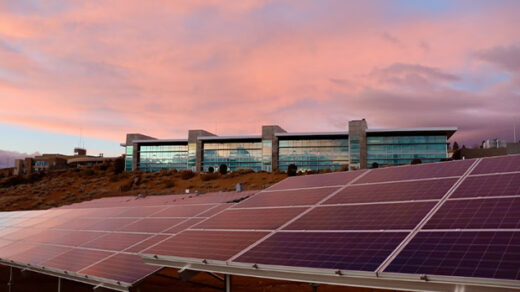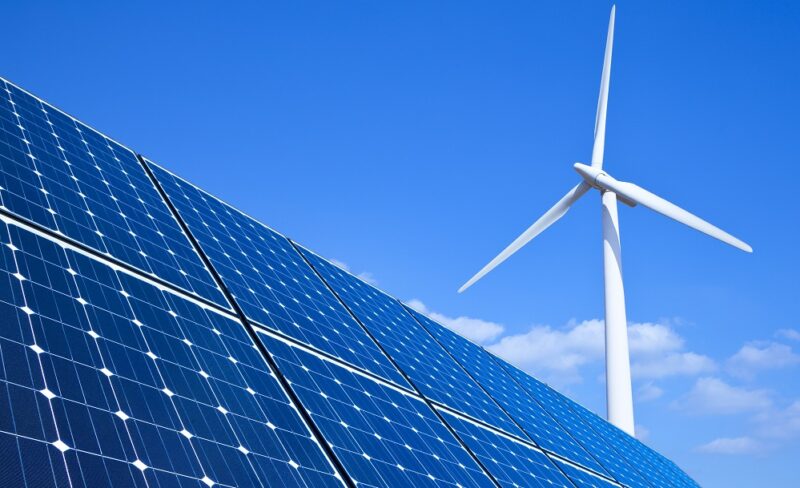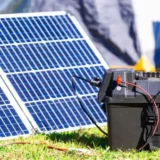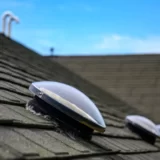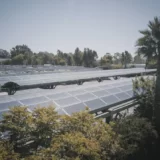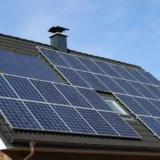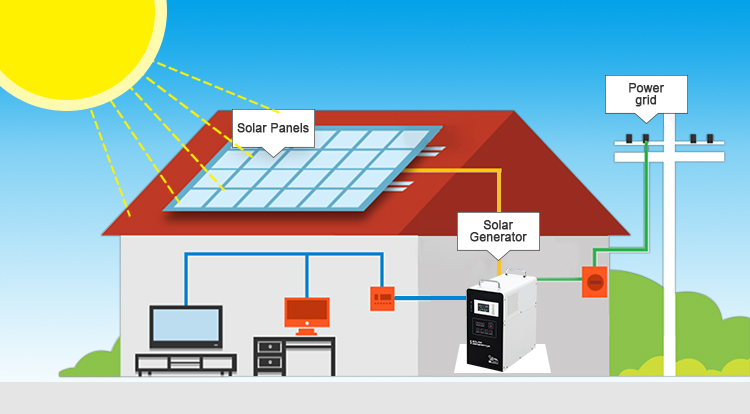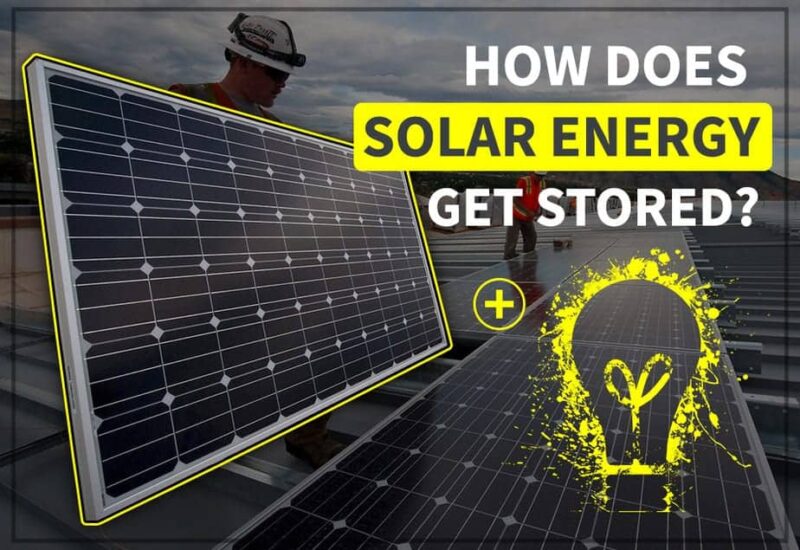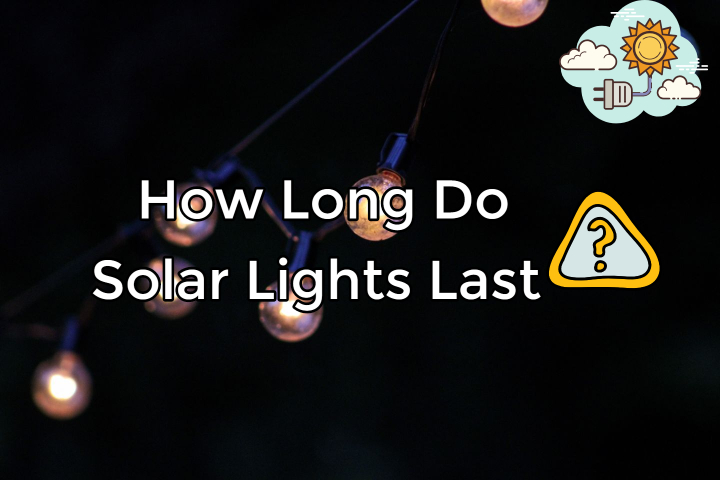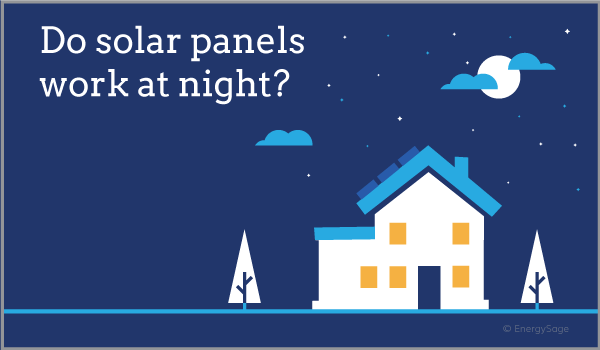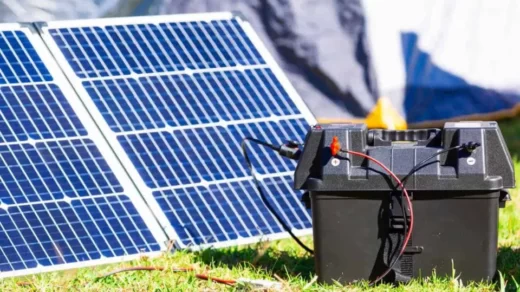Solar energy is possible to store? YES, you can store the electricity your solar panels produced using solar batteries.
As solar energy becomes more and more widespread in the U.S., it leaves homeowners with a question: How to store solar energy from solar panels, battery storage, or another way? Installing the solar panels is only half the battle; you also need to figure out how to store the energy so you can use it later. Let’s start!
Read More: How Many Solar Panels to Run an Air Conditioner
Table of Contents
Can You Store Solar Energy From Solar Panels?
Yes, installing a solar battery—a battery that stores energy from solar panels during the day so you can still use solar-generated electricity at night—is the quickest and best solution for homeowners to address the energy problem with solar power. That’s how easy it is. Solar batteries are charged every day with electricity produced by solar panels, though they can also be charged directly with grid power.) Since homes are naturally lit during these daylight hours (thanks to the sun once more), and since many people are outside, households typically use less electricity during these times. Solar power generated during these times either goes unutilized or leaks back into the power grid. If your home has a solar battery, this energy is ready to welcome you home to a fully charged home that is prepared for whatever you have planned for the evening.

How Do Solar Batteries Function?
Understanding the entire solar power system is helpful in understanding solar batteries. Roof-mounted or ground-mounted solar panels take in sunlight and an inverter then changes the solar energy into usable electricity for homes or businesses. Besides the inverter and panels, solar systems will also typically include equipment to mount the panels and a performance system that tracks the power produced.
The inverter converts solar energy into electrical energy that can power your home as soon as the solar panels begin collecting it. The majority of the time, extra electricity generated by your solar panels is fed back into the grid. When you return the excess electricity to the grid, your utility company will typically give you credit. The evidence will appear on your account as a statement credit.
So what applications exist for solar batteries? It turns out that homeowners who have solar systems don’t need to feed that extra electricity back into the grid. To keep that extra electricity and use it later, they can use solar batteries. In fact, you can receive additional financial incentives for installing solar batteries through federal or state programs, just as you can for installing solar panels. Depending on your utility provider, there are different rebates available.
How To Store Energy From Solar Panels?
There are three broad categories of solar energy storage: battery, thermal, and mechanical. Let’s quickly review each of them.
Battery Storage
For residential installations, batteries are by far the most popular type of solar energy storage. A chemical reaction between the battery’s constituent parts stores the energy that is pumped into the battery by the sun. When the battery is discharged, the reaction is reversible, and the current can leave the battery. The most typical use of lithium-ion batteries in solar applications is growing rapidly, and new battery technology promises to produce more scalable, more affordable battery storage options. In fact, it is predicted that the U.S. market for energy storage will grow by a factor of six from 2020 to 2025, reaching nearly 7.5 GW annually, or $7.3 billion.
Thermal Storage
When heat from the sun is needed to be stored, it can be done using a variety of mediums, such as water or molten salt. This heated material is kept in an insulated tank until it is time to use the energy, which is typically to boil water for energy production.
Mechanical Storage
The potential energy of an object is utilized by mechanical energy storage to produce electricity. Mechanical storage techniques transform excess electrical energy into mechanical energy, which is then transformed back into electricity for future use. Among mechanical energy storage systems, three are particularly common:
- Flywheel. With this technique, excess electricity is used to spin a flywheel, which then produces electricity to provide quick energy during periods of peak demand.
- Pumped hydro. Pumped hydro involves pumping water uphill to a reservoir that is above the turbine generators. When demand is high, water is allowed to flow through turbines and produce electricity.
- Compressed air. Compressed air is pumped into large containers, like a tank or underground formation, with the help of this energy storage system. When demand is at its highest, the air is let loose to produce electricity.
What Are The Advantages Of Storing Solar Energy?
The most efficient use of any solar panel system requires storing the excess energy generated. This can reduce costs, improve the performance of energy grids, and reduce the emissions of fossil fuels. The following are some major advantages of storing solar energy:
- Balancing electric loads. If electricity isn’t stored, it must be used right away after it is produced. Surplus generation can be saved for peak use thanks to energy storage. When it comes to renewable energy, storing extra power enables the lights to remain on after the sun sets or the wind stops blowing. To put it simply, energy storage enables a reservoir to be charged when generation is high and demand is low, then released when generation is low and demand is rising.
- savings on electric bills. Battery storage can help lower your utility bills while consuming more of your own energy if you reside in a state without solar net energy metering or with policies that unfairly underpay you for the solar energy you generate. Therefore, even though you might not receive as much money for extra energy sent to the grid, any extra solar power produced and stored throughout the day can be discharged from a battery at night or on cloudy days in place of utility consumption.
- decrease in carbon footprint. In areas with fossil fuel-based utility power, battery storage can lessen your property’s carbon footprint by giving you more control over how much solar energy you use. Large solar batteries can also be used to help charge electric vehicles and turn any appliance in your home into a “solar-powered” device
- Filling in the gaps. As a result of routine maintenance or brief generator outages caused by passing clouds, short-term solar energy storage ensures a steady energy supply.
- Energy resilience. Due to everything from wildfires to severe weather, the energy grid is susceptible to disruptions and outages. By decentralizing the source of our energy, solar energy storage fortifies a protective bubble during upsetting events.
Do You Need Solar Energy Storage For Your House?
Solar battery storage will be a wise investment for you if you live somewhere that frequently experiences electric grid power outages or if your utility uses Time-of-Use rates. Otherwise, solar batteries are still quite expensive, so most homeowners won’t be able to afford them.
Solar battery advantages abound, but you must decide if they outweigh the disadvantages. What we mean is, that solar energy storage isn’t something you need to install, it’s more of a luxury.
While solar energy storage might not result in additional cost savings, solar panels almost certainly will. Solar energy systems are more affordable than ever and will start saving you money on your electricity bills right away. Our solar savings cost and savings calculator will show you whether solar panels are the best choice for your particular home.

